Previously, the toll collection at the Sam Mountain National Tourist Area was done entirely manually, using a lot of labor and not creating comfort and convenience for tourists. The key point of the new plan is to dismantle all 3 current toll collection points. This means that vehicles will be free to move in and out of the Sam Mountain National Tourist Area without being hindered. This also puts an end to the situation of stopping vehicles in the middle of the road to buy tickets, ensuring safety for employees and helping traffic flow smoothly.
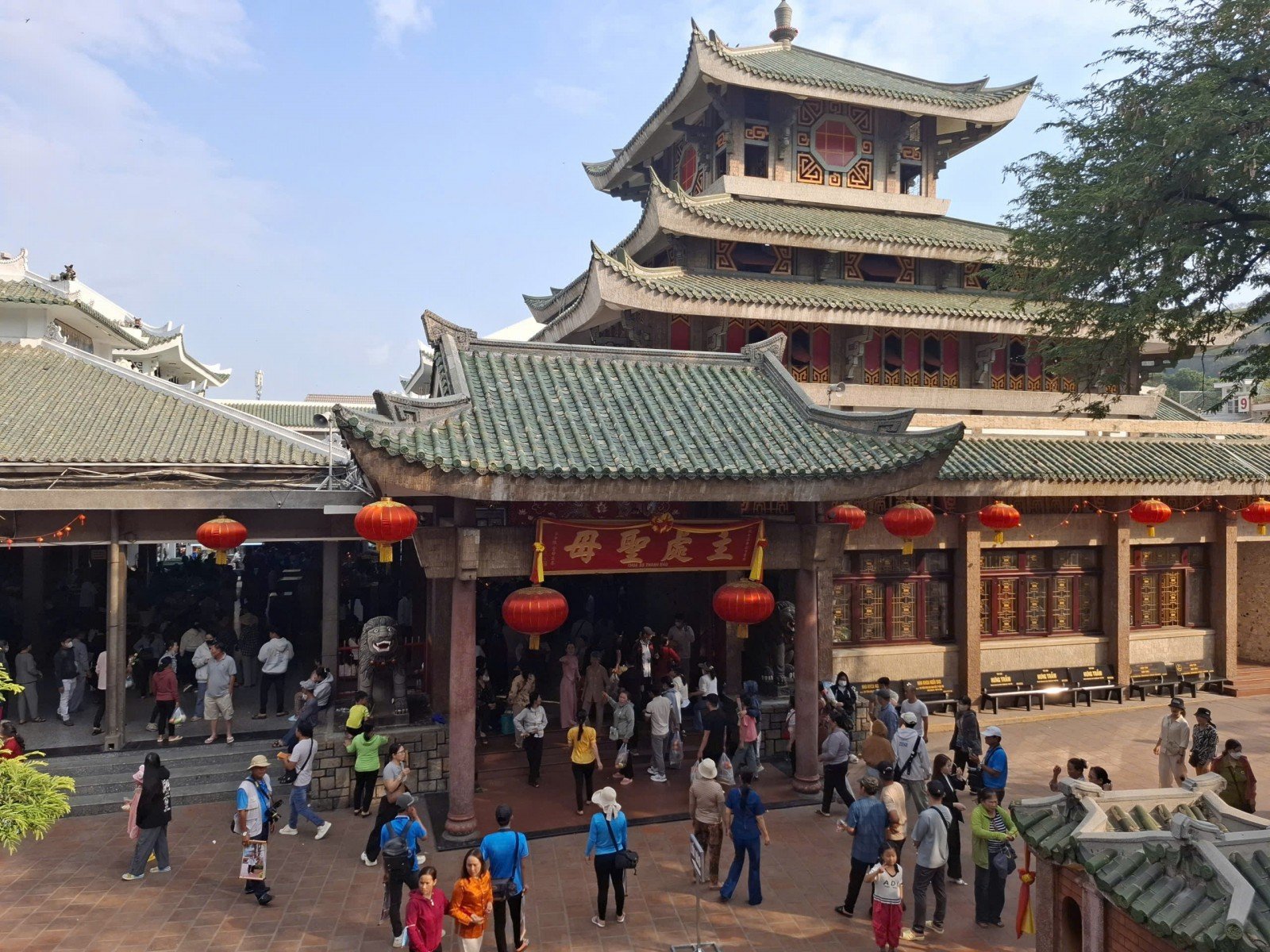
Tourists visit Ba Chua Xu Temple on Sam Mountain. Photo: PHUONG LAN
Instead of collecting vehicle fees as before, the new plan will focus on controlling tickets for each individual tourist. Director of the Sam Mountain National Tourist Area Management Board Truong Huu Tien affirmed that this fee collection is completely consistent with the 2015 Law on Fees and Charges, applicable to visiting cultural and historical relics; unifying the name of the fee for visiting "Cultural and historical relics in Sam Mountain National Tourist Area".
The area for collecting fees will be concentrated around 3 key relics: Ba Chua Xu Temple on Sam Mountain, Tay An Pagoda, and Thoai Ngoc Hau Tomb. All individual visitors entering this area must buy tickets according to the law, except for those who are exempted or have reduced fees. To optimize the process, the Management Board has arranged 3 main ticket checking points: At the beginning of the walking street in front of Tay An Pagoda, the end of the walking street in front of Vinh Te Communal House, and the entrance to the back gate of Ba Chua Xu Temple (Chau Thi Te Street). In parallel, 3 ticket booths are expected to be located at the tourist transit point (Vinh Dong Commercial Center area); the old sculpture area on Tan Lo Kieu Luong Street and at the end of the walking street in front of Vinh Te Communal House.
According to the Management Board of the Sam Mountain National Tourist Area, switching to a personal ticket control model is a favorable basis for implementing the e-ticket sales project. “The Management Board plans to invest in control posts (check-in) and QR code scanning at ticket control points. Visitors can pay online, scan QR codes or book tickets in advance via the tourist area's official website,” said Mr. Tien.
This deployment is carried out according to a systematic digitalization roadmap. Specifically, the electronic ticket system will officially go into operation from October 30, 2025 (phase 1). Immediately after that, the unit will focus on phase 2, expected to be completed in December 2025, including upgrading the website and integrating online ticket sales methods and cashless payments. With a higher goal, in 2026 (phase 3), the unit will apply AI cameras to recognize faces, gradually building a smart and convenient tourism environment for tourists.
A representative of VNPT An Giang said that the e-ticket solution simultaneously solves two major problems of the traditional model. Firstly, in terms of law, the system helps businesses comply with the State's regulations on the use of electronic receipts and invoices. All ticket sales transactions are updated to the system, instantly connected with tax authorities, ensuring absolute financial transparency.
In terms of management, e-tickets digitize and automate manual processes, which are time-consuming and prone to errors. Instead of printing, counting, and reconciling complicated paper tickets, all ticket sales information (retail, group sales, contracts) is centrally managed on a digital platform. The system is capable of automatically calculating and reporting according to many different criteria, helping managers grasp the business situation in real time to make quick and accurate decisions.
The core strength of e-tickets is the automatic ticket checking process through QR code scanning. Each e-ticket issued will come with a separate QR code. At the control gate, staff only need to use a specialized code reading device (POS machine, scanner or mobile phone application). The system checks and confirms the validity of the ticket. The principle is that each ticket is only allowed to be scanned once. This not only helps the ticket checking process to be faster and more transparent, but also completely eliminates the situation of fake tickets and used tickets continuing to be smuggled in.
It is expected that investing in the electronic ticket system, especially facial recognition technology in the future, will be an important step forward for Sam Mountain to be worthy of being a National Tourist Area.
PHUONG LAN
Source: https://baoangiang.com.vn/so-hoa-thu-phi-khu-du-lich-quoc-gia-nui-sam-a466647.html













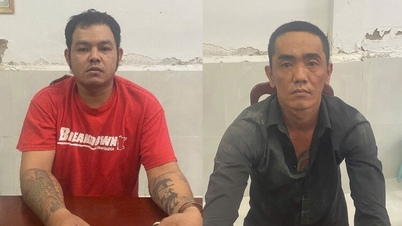




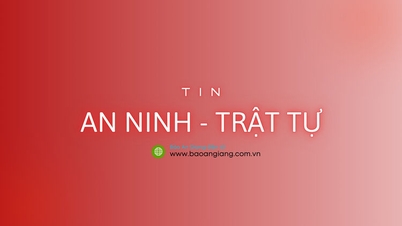


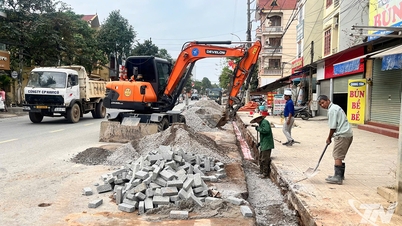







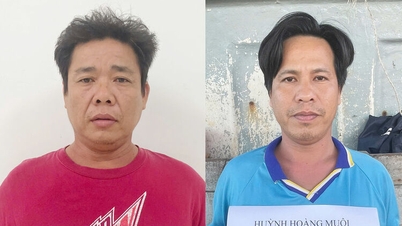




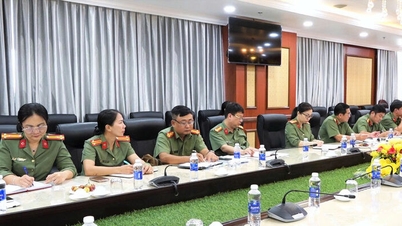






















































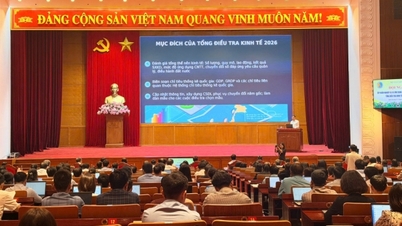







![Dong Nai OCOP transition: [Article 3] Linking tourism with OCOP product consumption](https://vphoto.vietnam.vn/thumb/402x226/vietnam/resource/IMAGE/2025/11/10/1762739199309_1324-2740-7_n-162543_981.jpeg)













Comment (0)